
Help for Addiction from Rapid City, SD
Rapid City is the second largest city in South Dakota, with a population of 67,956 residents. Situated along Rapid Creek, from whence it gets its name, and on the eastern slopes of the Black Hills mountain range.
Rapid City is known as the “gateway to the Black Hills” and the “City of Presidents,” due to its proximity to popular tourist attractions in the Black Hills. Mount Rushmore is perhaps the most famous of these attractions, but in addition to the famous cliff carvings, are Crazy Horse Memorial, Custer State Park and Wind Cave National Park. Clearly, there are exciting, historic and captivating sites everyone can appreciate in Rapid City.
Tourism has always played a large role in Rapid City’s economy, however during the oil restrictions of World War II, the city was hit hard as few people could afford to travel. However, as a result of the war, a new military base was constructed and more than made up for the losses from tourism. Ellsworth Air Force Base and the Army National Guard base at Camp Rapid continue to bring economic stability and growth to the area.
Even in an area as beautiful and engaging as Rapid City, many people find themselves stuck in the vicious cycle of substance abuse. Addiction is a disease and requires professional treatment to escape its deadly and brutal grasp.
According to the Centers for Disease Control, CDC, nearly one in every ten Americans struggle with substance abuse. The numbers are staggering and seem only to increase year after year. With so many Americans struggling with this disease, you are certainly not alone. Do not let shame or guilt deter you from getting the help you need.
What Kind of Treatment Center is Best for Me?
Everyone is different, however in most cases people are referred to an inpatient program for addiction treatment. Inpatient facilities offer the most intensive and comprehensive programs and provide around the clock care.
For those who require detox, it is important to find a center that will provide the more intensive care and support. Often, inpatient centers will offer some form of detox support and these programs are preferred as it allows the person to continue treatment without the extra move.
Outpatients treatment programs offer similar therapy to inpatients rehab, however, outpatient treatment is conducted on a part-time basis. As these treatment programs are non-residential, people are allowed less accountability and a less structured daily schedule.
For some people outpatient works well, however, for many inpatient treatment is recommended as the triggers prove too overwhelming in the early days of sobriety. Every case is different, so make sure to find a treatment program that best suits your needs.
Many people attest that travelling for treatment greatly benefitted their recovery. Finding a treatment center away from potentially negative influences is recommended. The people and situations that lead you to use in the first place may lure you back out to using in your early days of sobriety, so find a treatment center away from these influences and give yourself every chance at getting and staying sober.
If you or someone you love is struggling with substance abuse, reach out. We are here to help you. We can answer any questions you may have and help you find a treatment center that is right for you. Give us a call today at (866) 578-7471 .
Learning to live free from drugs and alcohol requires a strong support system and guidance. A life in recovery is full of rewards, however at times it can be difficult and you may find you need the help of others. 12-step programs are a great way to get connected to a sober community and thus find the love and support you need. 12-step programs, such as Alcoholics Anonymous and Narcotics Anonymous, prove the best way of tackling the disease of addiction. When you are feeling discouraged, fellow group members and your sponsor will help you prevail. The love and support found at 12-step meeting will allow you to overcome any obstacle that life throws your way. If you are struggling with substance abuse, find a meeting in your area and start living the life of which you have always dreamt.
- South Dakota Department of Health. (n.d.). : South Dakota Vulnerability Assessment.
- Trudeau, G. (2021). : Our community is dealing with a pandemic, but it’s not COVID
- Baer Gee, S. (2022). : Fentanyl seizures soar in Pennington County
- Oregon Health & Science University. (n.d.). : Results from the South Dakota Health Survey.
- Substance Abuse and Mental Health Services Administration. (2020). : South Dakota State-Specific Tables
- Substance Abuse and Mental Health Services Administration. (2017). : 2016-2017 National Survey on Drug Use and Health National Maps of Prevalence Estimates, by State
- National Institute on Alcohol Abuse and Alcoholism. (n.d.). : Drinking Levels Defined | National Institute on Alcohol Abuse and Alcoholism (NIAAA) (nih.gov)
- National Institute on Drug Abuse. (2018). : Types of Treatment Programs
- Substance Abuse and Mental Health Services Administration. (n.d.). : Single State Agency Directory
- Healthcare.gov. (n.d.). : Mental health and substance abuse health coverage options
- Medicaid.gov. (n.d.). : Eligibility Medicaid
- Mentalhealth.gov. (n.d.). : Health Insurance and Mental Health Services
- National Institute on Alcohol Abuse and Alcoholism. (2021). : Treatment for Alcohol Problems: Finding and Getting Help
- National Institute on Drug Abuse. (2022, March 22). : Treatment and Recovery
- National Institute on Drug Abuse. (2018). : How long does drug addiction treatment usually last?
- Melemis, S. M. (2015, September 3). : Relapse Prevention and the Five Rules of Recovery
- FindTreatment.gov . (n.d.). FindTreatment.gov. Retrieved January 19, 2023, from : https://findtreatment.gov/locator







